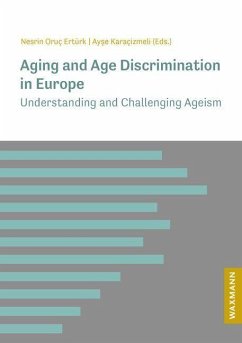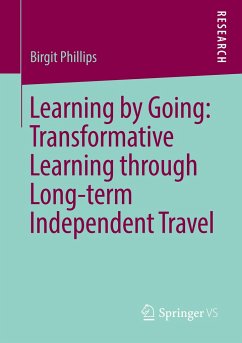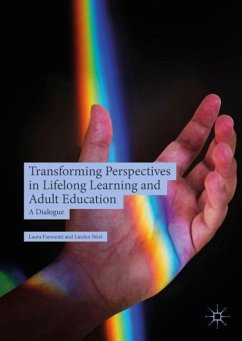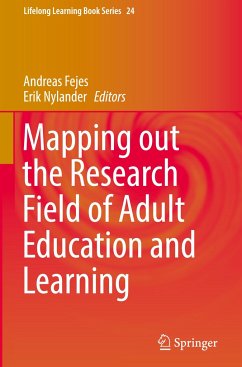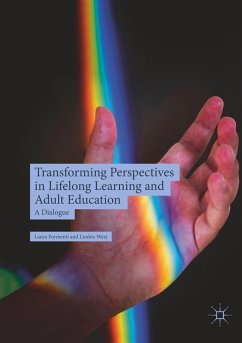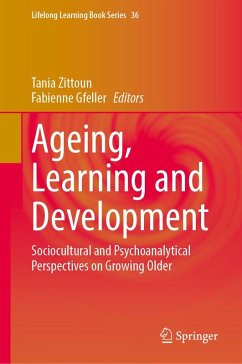
Ageing, Learning and Development
Sociocultural and Psychoanalytical Perspectives on Growing Older
Herausgegeben: Zittoun, Tania; Gfeller, Fabienne
Versandkostenfrei!
Versandfertig in 6-10 Tagen
121,99 €
inkl. MwSt.

PAYBACK Punkte
61 °P sammeln!
This book examines the modalities of learning and development of older persons. It calls upon theoretical perspectives that conceptualise people both in their unicity and in their cultural and historical inscriptions here, mainly, sociocultural psychology and psychoanalysis. With the extension of life expectancy, what is colloquially called old age designates a period that usually goes from retirement age (around 65) until 70, 85 or over 100 years of age. The diversity and length of trajectories of ageing mean that we cannot consider the old person in an isolated, static and undifferentiated w...
This book examines the modalities of learning and development of older persons. It calls upon theoretical perspectives that conceptualise people both in their unicity and in their cultural and historical inscriptions here, mainly, sociocultural psychology and psychoanalysis. With the extension of life expectancy, what is colloquially called old age designates a period that usually goes from retirement age (around 65) until 70, 85 or over 100 years of age. The diversity and length of trajectories of ageing mean that we cannot consider the old person in an isolated, static and undifferentiated way. This book accounts for the fact that people growing older keep developing, in their unique manner, in their social, cultural, material, and symbolic environment, itself changing. This book is original as it brings together two perspectives that draw from both French and Anglo-Saxon tradition and are usually considered separately. This combination proves fruitful in avoiding both social and individual reductionism and to account for the complexity of the aging process. The approach adopted in this book is quite new in this field and, by bringing groundbreaking theoretical contributions, it explores new methodological strategies, and indicates possible routes for applied research and interventions. This book is intended for researchers working in the field of ageing, scholars, healthcare professionals, policy makers and social workers.





